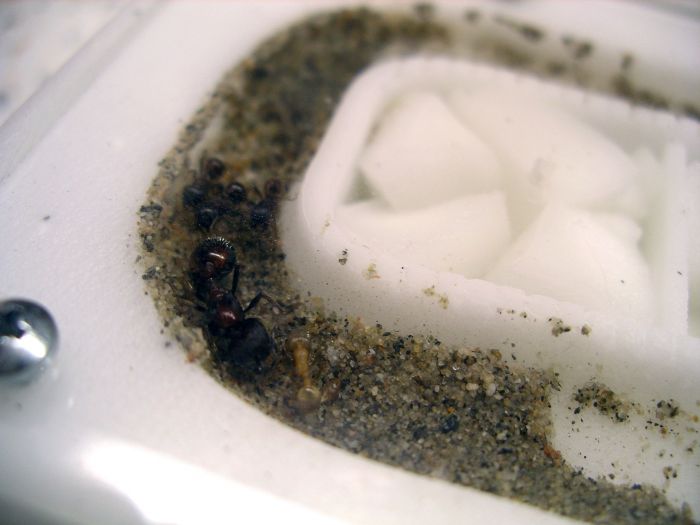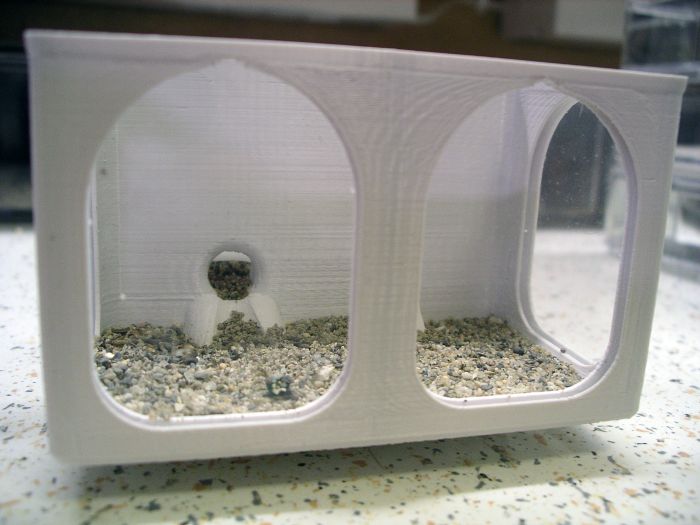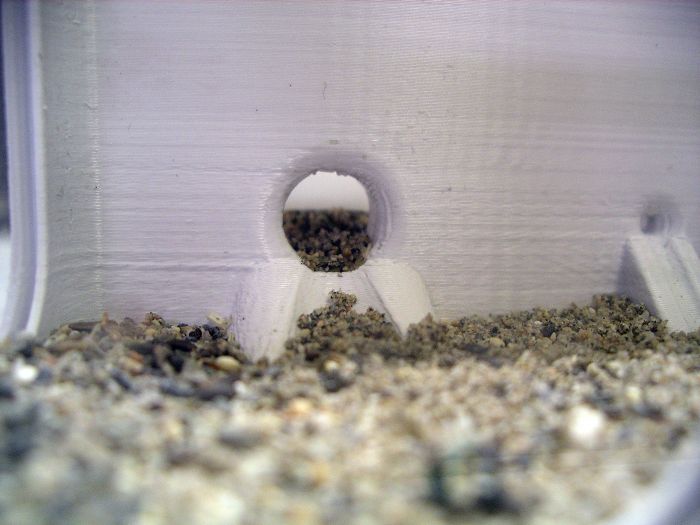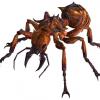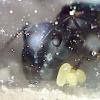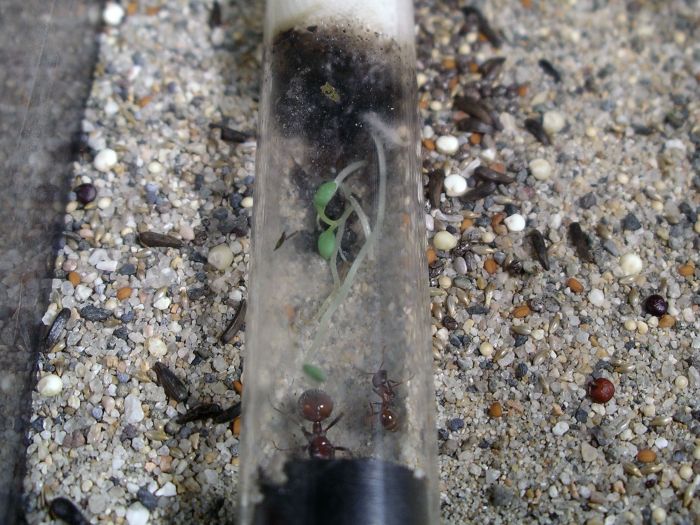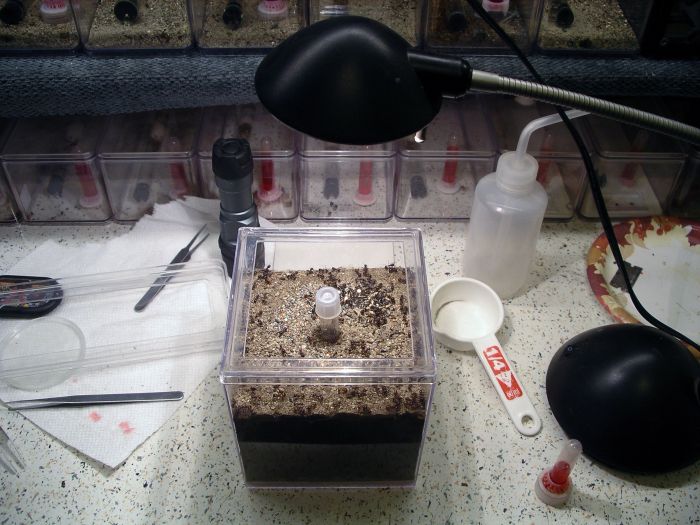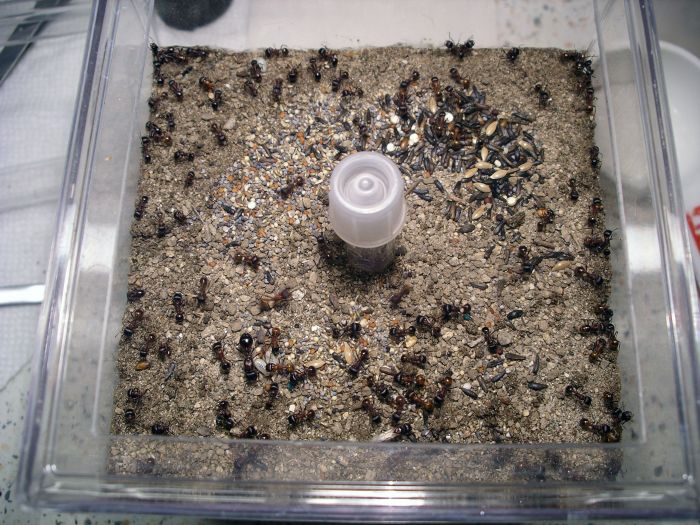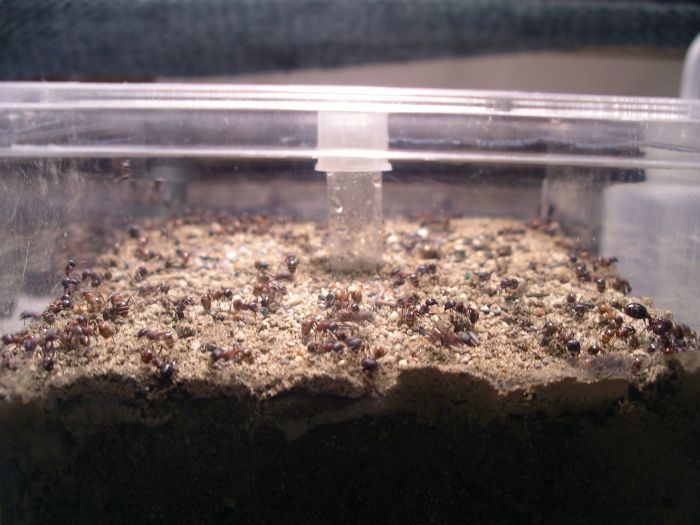My original colony from last year has had slow but steady growth. It's hard to see them because they have covered their test tube with dirt, but there are at least 80 workers now. Also, the workers are almost full-sized too.
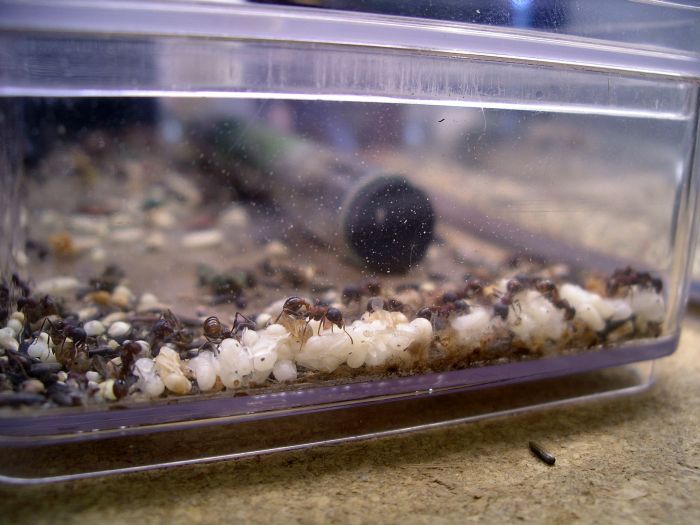
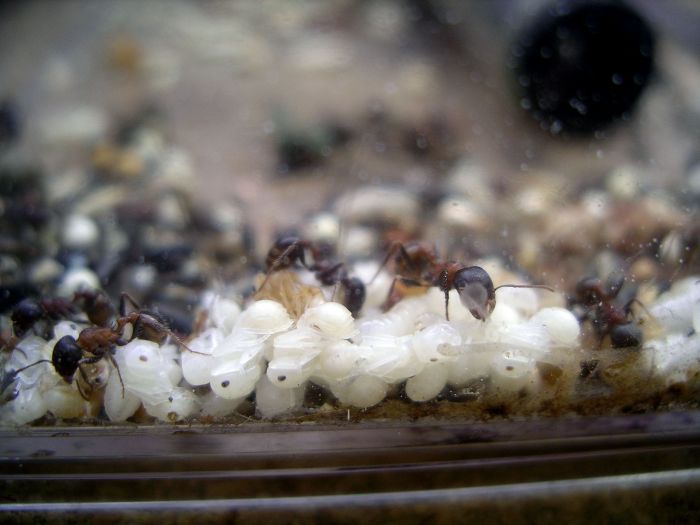
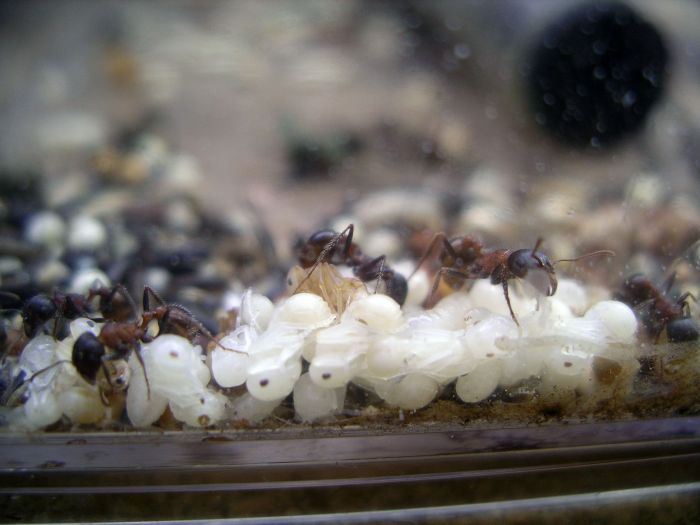
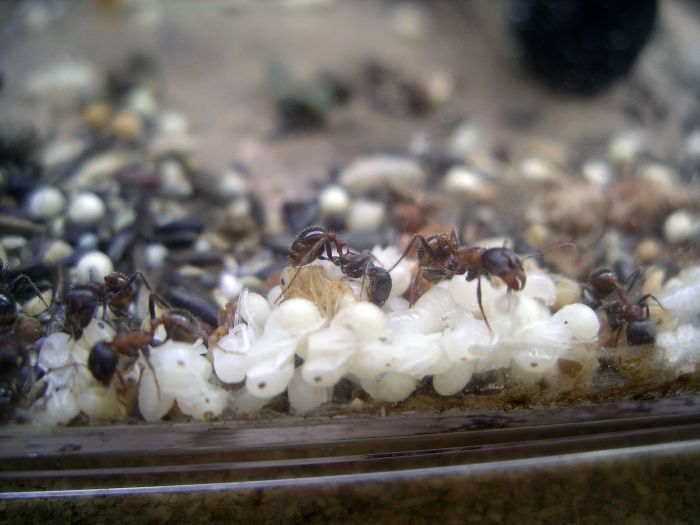
All my new colonies now have one to four workers. Almost all the queens that never produced eventually died. I had one queen die and leave a worker and some brood behind, so I put the one last non-producing queen in her test tube. The worker and her fought for about a day, but are now getting along just fine. I'll keep watching this colony to see if this queen ever starts producing her own brood.







